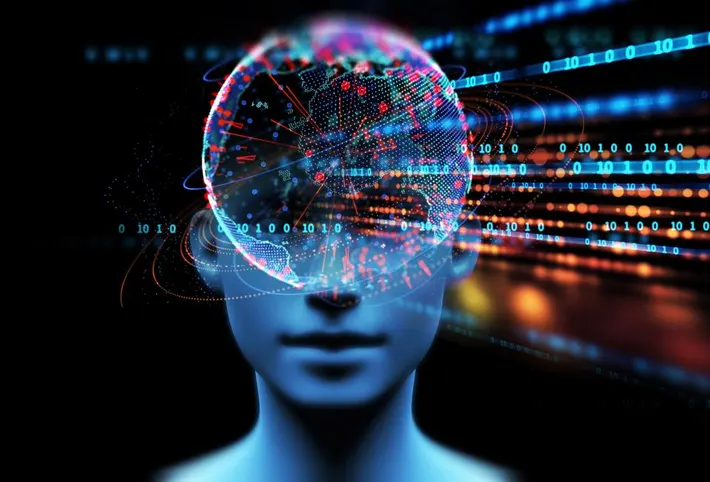The Future of Customer Service: How Vertical AI Agents Are Changing the Game
If you haven’t heard about vertical AI agents, keep...
Check out our latest update on our consumer platform here!
Published on 9 Feb 2025
At its core, neurosymbolic AI represents a fascinating fusion of two distinct approaches to artificial intelligence that have historically developed...

At its core, neurosymbolic AI represents a fascinating fusion of two distinct approaches to artificial intelligence that have historically developed in parallel. Traditional symbolic AI, which emerged in the 1950s, operates much like a logical reasoning system, using explicit rules and knowledge representation to solve problems. Think of it as similar to how a detective might solve a case by following clear logical steps and applying known rules of investigation. On the other hand, neural networks – the foundation of modern deep learning – learn patterns from data much like how our brains develop intuition through experience.
Neurosymbolic AI combines these approaches by integrating neural networks’ pattern recognition capabilities with symbolic reasoning’s logical structure. This combination allows systems to both learn from data and apply logical reasoning to their decisions. For example, while a pure neural network might excel at recognizing customer sentiment in text, it struggles to follow complex business rules or policies. A neurosymbolic system can both understand the emotional content of a message and apply specific company policies in a structured way.
The architecture of a neurosymbolic system typically consists of several key components working in harmony. At the lower levels, deep learning models process raw input data – whether that’s text, voice, or other customer interaction data. These neural networks excel at tasks like natural language understanding, sentiment analysis, and pattern recognition in customer behavior. They serve as the system’s perceptual foundation, much like our own senses help us understand the world around us.
Above this perceptual layer sits the symbolic reasoning engine, which operates on a higher level of abstraction. This component works with explicit rules, knowledge graphs, and logical frameworks that represent business policies, customer service procedures, and decision-making guidelines. The magic happens in the interface between these layers, where neural network outputs are transformed into symbolic representations that can be used for logical reasoning, and conversely, where logical conclusions can guide the behavior of the neural components.
Modern neurosymbolic systems also incorporate sophisticated knowledge representation techniques. These might include ontologies that model customer service domains, reasoning engines that can handle uncertainty, and mechanisms for maintaining consistency between learned patterns and explicit business rules. The system might, for instance, use neural networks to classify a customer’s issue, but then use symbolic reasoning to determine the exact sequence of steps needed to resolve it according to company policy.
When applied to customer service, neurosymbolic AI shows its true potential in handling complex, real-world scenarios. Consider a customer support system dealing with warranty claims. The neural components can understand the customer’s description of their problem, even when it’s expressed in casual language, while the symbolic components can apply specific warranty rules and determine eligibility based on explicit criteria. This combination allows for more nuanced and accurate responses than either approach could achieve alone.
The technology excels in scenarios requiring both emotional intelligence and strict rule adherence. For instance, when handling a customer complaint, the system can simultaneously recognize the customer’s frustration (using neural networks), understand the context of their purchase history (through symbolic reasoning), and determine the most appropriate response that balances company policy with customer satisfaction. This might involve offering a refund that falls within specific guidelines while expressing empathy in a way that feels natural and appropriate.
Looking forward, neurosymbolic AI promises even more sophisticated applications. Systems could develop the ability to learn new rules from experience while maintaining logical consistency with existing policies. They might automatically identify patterns in customer interactions that suggest the need for policy updates, while ensuring that any proposed changes align with higher-level business objectives. This combination of learning and reasoning could lead to customer service systems that not only respond to issues but help evolve and improve service policies over time.
This harmonious blend of neural and symbolic approaches represents a significant step forward in artificial intelligence, particularly for complex domains like customer service where both understanding and reasoning are essential. As the technology continues to mature, we can expect to see increasingly sophisticated applications that combine the best aspects of human-like learning with rigorous logical reasoning.
